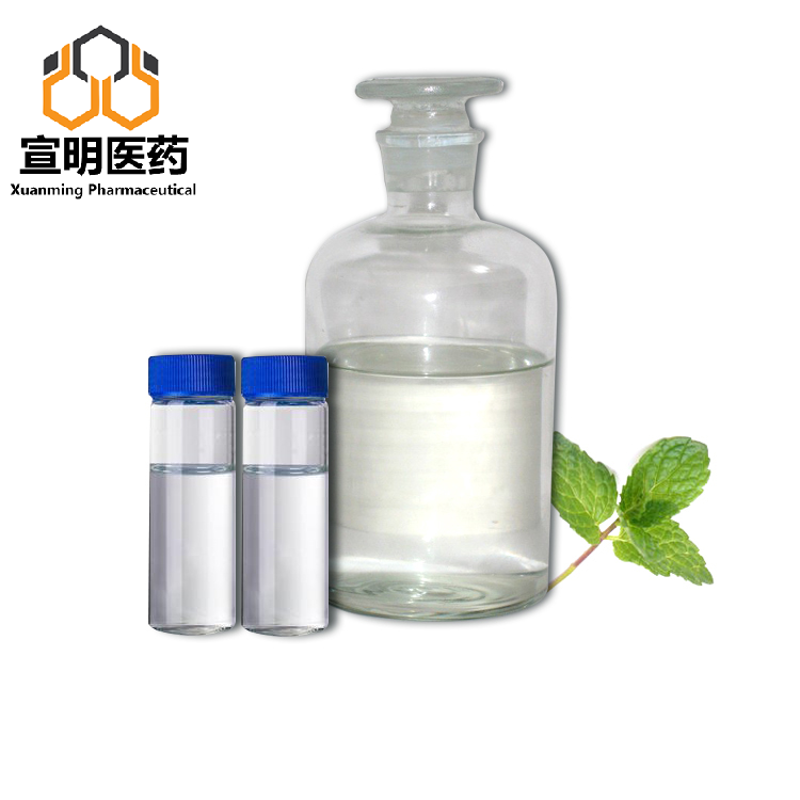-
Categories
-
Pharmaceutical Intermediates
-
Active Pharmaceutical Ingredients
-
Food Additives
- Industrial Coatings
- Agrochemicals
- Dyes and Pigments
- Surfactant
- Flavors and Fragrances
- Chemical Reagents
- Catalyst and Auxiliary
- Natural Products
- Inorganic Chemistry
-
Organic Chemistry
-
Biochemical Engineering
- Analytical Chemistry
-
Cosmetic Ingredient
- Water Treatment Chemical
-
Pharmaceutical Intermediates
Promotion
ECHEMI Mall
Wholesale
Weekly Price
Exhibition
News
-
Trade Service
| Blood is not always needed for blood transfusion |
| New model helps cope with global blood supply shortages |
Blood transfusion can save lives, but there is a serious shortage of blood sources worldwide
.
What if blood transfusions don't actually always require blood?
Recently, a new biochemical model of the human body showed that patients with anemia or low blood oxygen levels can receive effective treatment by transfusing blood substitutes that are easier to obtain
.
This model involves the response to red blood cell input such as vasodilation, thickening of blood, and changes in blood flow rate
Researchers at institutions such as Stanford University and the University of California, San Diego have also found that the use of blood substitutes can also eliminate the harmful consequences of blood transfusions
.
It has been observed that due to adverse side effects, blood transfusion per unit every 10 years may reduce life expectancy
Blood transfusion is a common procedure in which blood components are delivered directly to the patient's blood circulation
.
However, the process of obtaining, storing, and delivering the correct blood type for each patient in need is costly
Usually, red blood cell transfusion is to increase the oxygen supply to organs and tissues
.
However, studies have shown that this process also thickens the blood, and the increase in viscosity may cause new problems
For example, the new model shows that during blood transfusion, some patients’ blood vessels are not dilated, and because the blood is thickened by additional red blood cells, it becomes difficult to circulate oxygen
.
Researchers said that for these patients, regardless of their anemia status, 2 units of blood transfusion (currently the most commonly used blood transfusion) to treat anemia will reduce their blood flow
Research collaborator Marcos Intaglietta, a professor at the University of California, San Diego, pointed out that, usually, people get the wrong goal of blood transfusion-to restore the blood's oxygen-carrying capacity.
The logical goal should be to restore the oxygen-carrying capacity
.
However, for some patients, blood transfusions can cause blood vessels to dilate, thereby increasing blood circulation and ultimately delivering more oxygen to the body
.
This reveals the advantages of anemia patients whose blood vessels are dilated during blood transfusion
The team’s prediction results show that safe, low-cost blood substitutes can reduce the total cost of blood transfusion to 1/10, while significantly reducing the negative impact of the process
.
They said that the relevant human circulatory process model is based on previously published experiments on mammalian response to blood transfusion
"Our model determines the natural physiological processes of the human body and explains the conclusions of multiple observational studies.
People can get the benefits of blood transfusion without using blood
.
" said Daniel Tartakovsky, a professor at Stanford University, the corresponding author of the paper
.
The researchers hope that the discovery will lead to clinical trials to test the ability of blood substitutes to increase oxygen delivery
.
(Source: Tang Feng, China Science News)
Related paper information: https://doi.
org/10.
1152/japplphysiol.
00524.
2021
org/10.
1152/japplphysiol.
00524.
2021







